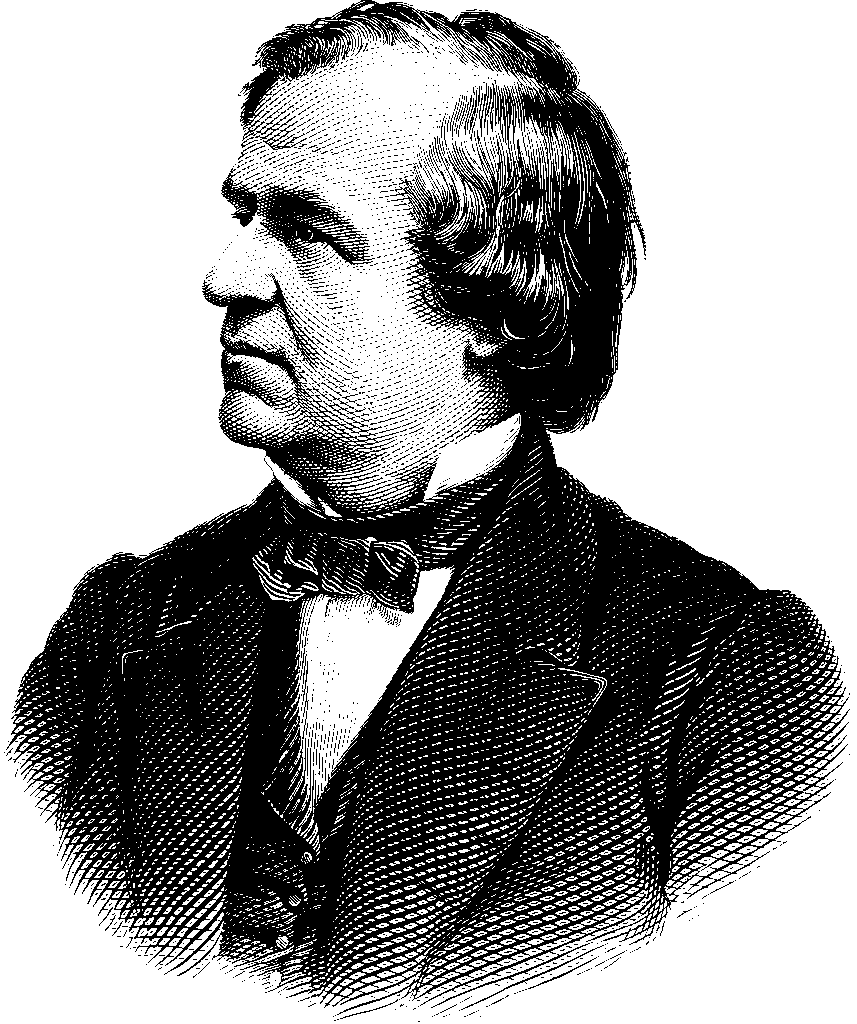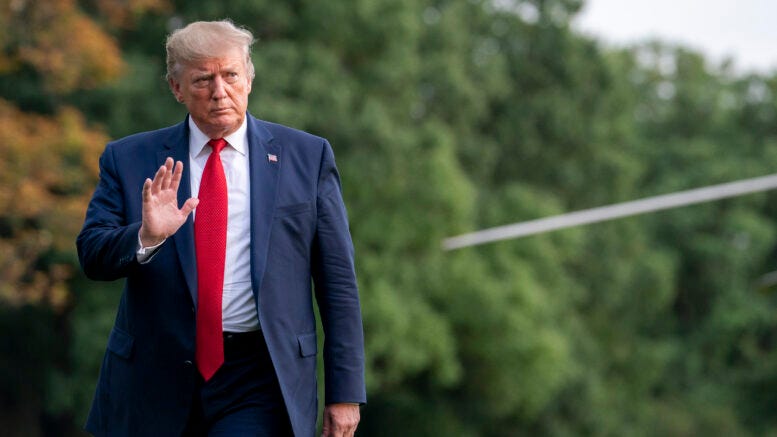
The American presidency, an office imbued with immense power and profound responsibility, often finds itself at the crucible of national identity, facing decisions that can forge unity or sow deep discord. Throughout history, occupants of the Oval Office have navigated domestic crises, foreign entanglements, and evolving societal norms, making choices that, even centuries later, spark intense debate and reevaluation. These are not mere historical footnotes; they are foundational moments shaping governance, civil liberties, and the very fabric of American society. Political leaders, despite their towering stature, are ultimately human, susceptible to the pressures of their times, personal failings, and unforeseen consequences. History reveals presidential decisions—born of necessity, conviction, or maneuvering—often met with widespread outrage, leading to constitutional crises or profoundly undermining public trust. Understanding these controversial chapters offers an incisive exploration into leadership complexities and the enduring impact of choices made under intense scrutiny.
In this analysis, we delve into some of the most hotly contested decisions and pervasive scandals linked to fifteen American presidents. We examine how these moments challenged the nation’s principles, sparked political battles, and continue to resonate in contemporary discussions about presidential power and accountability. From the early republic to the dawn of the 21st century, these leaders confronted dilemmas leaving indelible marks on their legacies and the nation, providing crucial lessons in the intricate dance between governance and public perception.
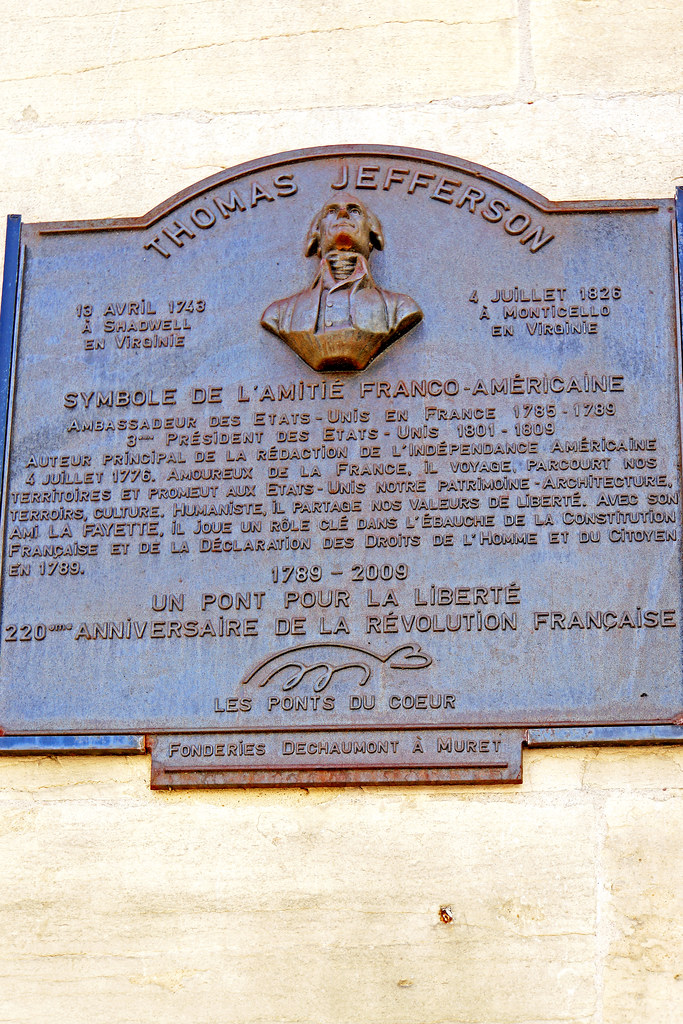
1. **Thomas Jefferson**One of the most revered Founding Fathers, Thomas Jefferson, the third President (1801-1809), remains a figure of profound historical paradox concerning slavery. While celebrated for authoring the Declaration of Independence and advocating liberty, his personal life starkly contradicted these ideals. He owned around 200 slaves, a fact complicating his legacy as an opponent of the institution and fueling controversy over his public philosophy and private practice.
Further deepening this shadow was his long-term affair with Sally Hemings, a mixed-race slave and his deceased wife’s half-sister. He supposedly had six to seven children with her, with DNA testing confirming at least one. This relationship, and his failure to grant Sally freedom while freeing their children, contradicted his purported opposition to mixed-race children and slavery, creating considerable “ruckus over the years.”
Beyond personal controversies, Jefferson’s presidency was challenged by a political scandal involving his first-term Vice President, Aaron Burr. Burr “had hatched a plan to create an independent nation in North America,” involving the Commander General of the Army and foreign powers. This treasonous ambition led to Burr’s trial once Jefferson was informed.
Read more about: Beyond the Morning Ritual: A Major Study Reveals the Comprehensive Health Impacts of Daily Black Coffee Consumption
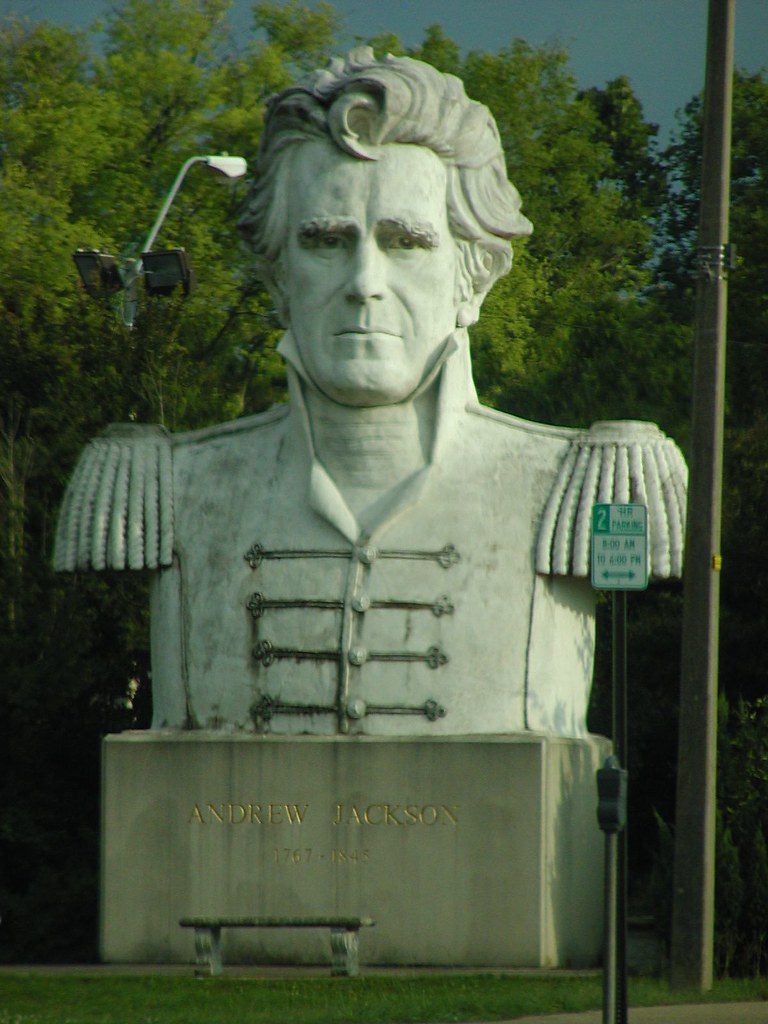
2. **Andrew Jackson**Andrew Jackson, the seventh President (1829-1837), is remembered for expanding democracy. Yet, his presidency was defined by deeply contentious decisions, notably his treatment of Native Americans. The infamous Indian Removal Act and subsequent forced displacement, resulting in the “Trail of Tears,” remain “a heavily criticized and controversial aspect of his presidency,” marking a grim chapter regarding civil liberties.
Domestically, Jackson’s administration was consumed by the “Petticoat Affair,” a social and political scandal from gossip. It erupted around his Secretary of War, John Henry Eaton, marrying Margaret Timberlake, amid rumors of an affair. Tensions among cabinet wives, and then within the administration, escalated. Jackson, whose own deceased wife’s reputation was similarly tarnished, identified with Eaton, leading him to fire most of the Cabinet.
Concurrently, his presidency was tested by the “Nullification Crisis” of 1832, triggered by South Carolina’s opposition to the federal “Tariff of Abomination.” Jackson’s resolute stance, threatening “military force if South Carolina refused to pay the taxes,” represented “one of the most public cases of infighting between the Central Government and the states,” foreshadowing deep sectional divisions.
Read more about: Paul Anka’s Enduring Legacy: A Legendary Career Spanning Decades of Dapper Style and Chart-Topping Hits

3. **James Buchanan**James Buchanan, the 15th President (1857-1861), inherited a nation teetering on civil war. His “lack of action to address the issue only fueled the divide,” earning him a persistent spot “at the bottom of the list when ranked among the least effective presidents.” His presidency was “dominated by the issue of slavery, with tensions intensifying.”
A central controversy was his stance on the “Lecompton Dispute.” Buchanan was pro-slavery, supporting the Lecompton Constitution to admit Kansas as a slave state, which “didn’t sit well with many.” Further compounding the crisis, “within two days of his inauguration, the Supreme Court presented their ruling on the Dred Scott case.” This decision, deeming the Missouri Compromise unconstitutional, aligned with Buchanan’s leanings and “resulted in quite a scandal,” inflaming sectional animosity.
Beyond political divisions, Buchanan’s personal life sparked intrigue, particularly his lifelong bachelorhood and “relationship with Alabama Senator William Rufus King.” The two men “lived with King for 23 years,” prompting speculation. The context states, “Buchanan was perhaps the first gay President of the US but his homouality was neither accepted nor denied as per the conservative and unjust LGBT rules of those times.” This highlights historical interpretation challenges amidst past societal norms.
Read more about: Unveiling the Unseen: The 8 Most Valuable Treasures Hidden Within the White House That Tourists Never See
4. **Andrew Johnson**Assuming the presidency after Lincoln’s assassination in 1865, Andrew Johnson, the 17th President (1865-1869), was immediately embroiled in a significant constitutional crisis. He became “the first US President to be impeached,” a monumental scandal driven by his “constant cold war and disagreements with the Congress and his resistance against implementing their Civil War Reconstruction policies.” His conservative approach fundamentally clashed with Radical Republicans.
Johnson’s assertive use of executive power, opposing Congressional mandates, escalated tensions. He “had sacked several government officials without the Congress’s consent or probable cause.” The ultimate catalyst for his impeachment was firing Secretary of War Edwin Staton. Congress viewed this as a clear violation of the Tenure of Office Act, passed over Johnson’s veto to limit his power. This confrontation directly “led to his impeachment,” demonstrating American checks and balances.
The impeachment trial itself was deeply polarizing, dividing the nation. It underscored the profound ideological chasm regarding Reconstruction and the balance of power. Johnson’s resistance meant early reunification years were marked by political paralysis and intense partisan conflict, leaving a legacy of controversy over the presidency’s role.
Read more about: Olympic Disgrace: Unpacking 6 Doping Scandals That Stripped Athletes of Their Hard-Won Medals
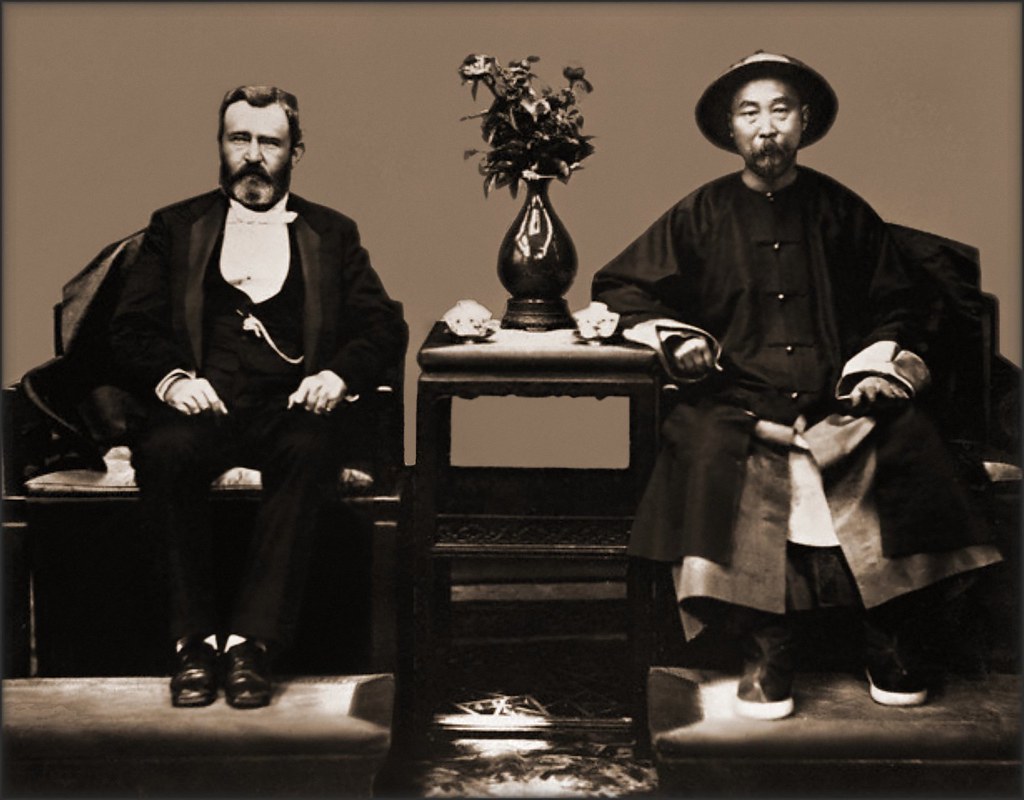
5. **Ulysses S. Grant**Ulysses S. Grant, the 18th President (1869-1877), presided over a period of “inflated greed and copious amounts of corruption.” While Grant himself was not “directly involved,” his presidency became synonymous with pervasive malfeasance due to his “association with mainly corrupt officials, even after their conviction,” making him “appear unfavorable.” This post-Civil War era saw expanding government influence and increased opportunities for illicit gain.
Urban corruption, particularly, “shot to the skies,” manifest in damaging scandals like “the Whisky Ring, the Tweed Ring, the Credit Mobilier and the Black Friday Gold scandal.” The most notorious was “the Whiskey Ring,” a conspiracy to defraud the Treasury. Investigations “incriminated many prominent officials, many of whom had ties to Grant, including his personal secretary.” Grant’s personal integrity was not directly impugned, but his loyalty to corrupt associates proved a significant liability.
The sheer scale of these scandals cast a long shadow over Grant’s military legacy. His administration’s struggles with corruption highlighted issues with civil service reform and ethical responsibilities. Public disillusionment contributed to broader skepticism about government, leaving Grant’s presidency as a cautionary tale of how even a national hero can be undone by the moral failings of those he trusts.
Read more about: Unpacking the Method: The Extreme Techniques and Divisive Practices of Method Acting That Sparked On-Set Drama

6. **Grover Cleveland**Grover Cleveland, the 22nd and 24th President (1885-1889, 1893-1897), holds the unique distinction of being “the only President to ever serve nonconsecutive terms.” Known as “Uncle Jumbo,” Cleveland had robust habits. Despite a reputation for honesty, his personal life sparked controversy, particularly a significant scandal eagerly exploited by political opponents.
The most notable blemish on Cleveland’s personal record involved “Cleveland’s problem child.” He was rumored to have “an illegitimate child with Maria Halpin,” a highly moralized issue in 19th-century conservative society. Though “paternity was never proved,” Cleveland “paid her child support.” This fueled speculation that the child was his, though he never explicitly “accepted nor rejected the fact.”
This personal scandal, revolving around a “child out of wedlock,” was considered “immoral” by the era’s standards and relentlessly used by adversaries, giving rise to the chant: “Ma, ma, where’s my PA?” This underscored how deeply personal morality and public perception were intertwined in American politics. The incident reminds us of the intense scrutiny presidents faced, even on matters ostensibly outside their official duties.
Read more about: 15 Common Myths About World War II That Historians Have Resoundingly Debunked
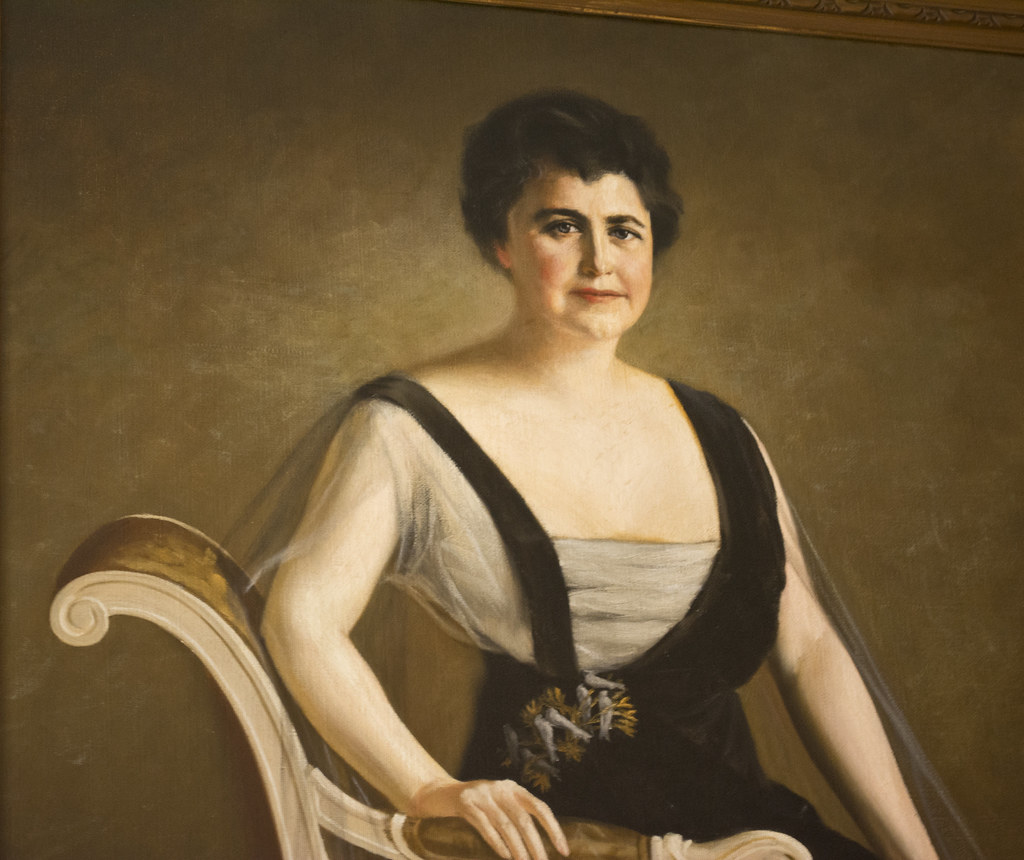
7. **Woodrow Wilson**Woodrow Wilson, the 28th President (1913-1921), is celebrated for progressive policies like the Federal Reserve System and women’s suffrage. However, his presidency was marred by significant controversies, particularly his actions during World War I. His decisions to enact the “Espionage and Sedition Acts” were “highly divisive,” as these laws “restricted freedom of speech and targeted those who opposed the war,” raising fundamental questions about civil liberties.
Wilson’s personal life also drew public scrutiny when he became “engaged to a widow Edith Bolling Galt within a year of his wife’s death.” This swift re-engagement, before the traditional mourning period for his late wife, was perceived “as a sign of disrespect.” This event “also gave rise to speculation that he might have murdered her,” an extreme example of the public’s readiness to scrutinize and sensationalize presidential personal matters.
Further, Wilson faced significant accusations of racism. His “lenient policies and supposed ties to the Ku Klux Klan caused much controversy,” reflecting a darker side to his progressive image and a troubling alignment with racial prejudices. Another “stir” was the “on-going Newport scandal,” a secret investigation into Navy personnel to identify gay individuals. Wilson became “linked to it after inhabitants of Newport wrote lengthy letters to him regarding the Navy’s handling of the investigation.”
Read more about: 12 Massive Fortunes: The Surprising Ways Wealth Was Lost, Stolen, or Secured During the Great Depression
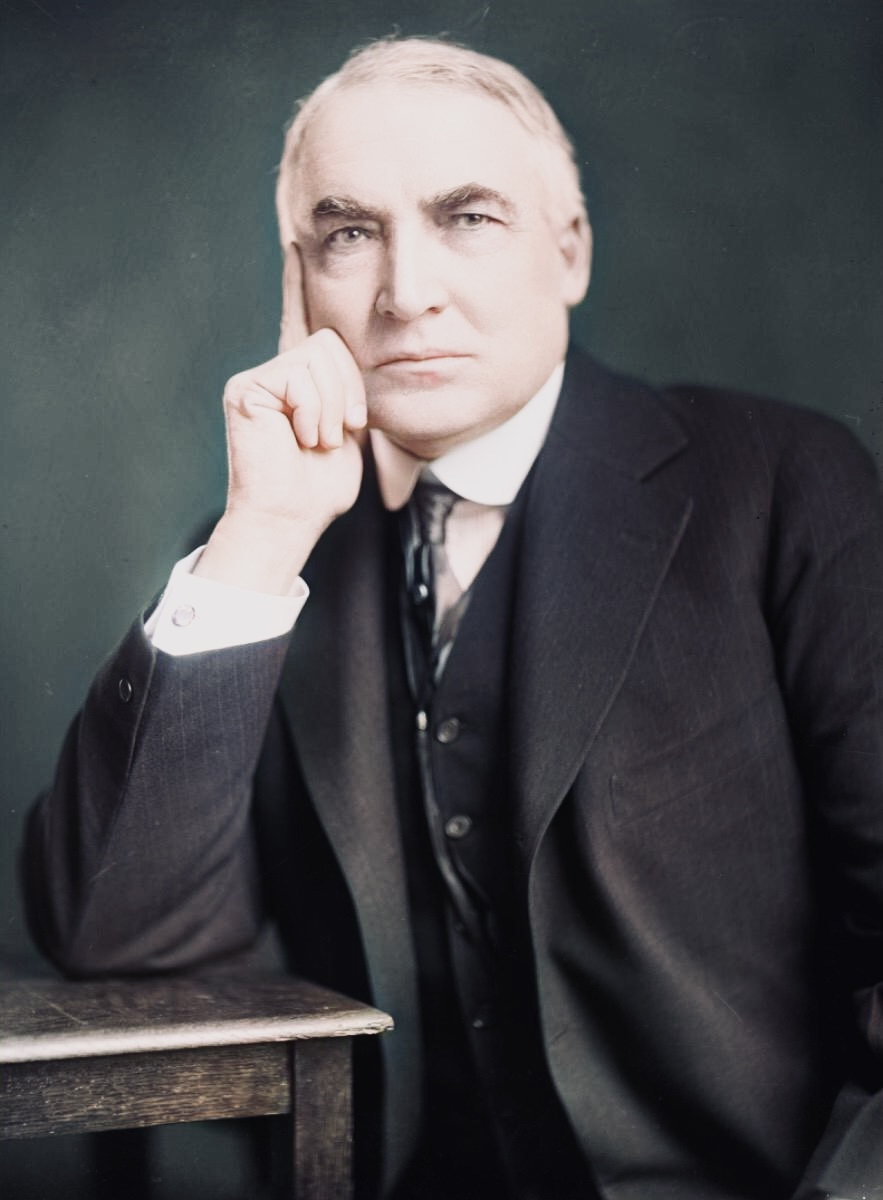
8. **Warren G. Harding**Assuming office in 1921, Warren G. Harding’s presidency, though brief, became a byword for a different kind of post-war disillusionment—one rife with cronyism and corruption. While Harding himself was noted as a supporter of women’s rights and a strong advocate for women’s suffrage, his administration was quickly overshadowed by the moral failings of his appointees. This era, much like Grant’s, saw corruption fester, undermining public trust in the executive branch and generating considerable scandal, even his efforts for women’s suffrage were enough cause for scandal in the 1920s.
The most infamous among these was the Teapot Dome incident, a monumental breach of public trust that centered on high-ranking officials within Harding’s cabinet. Secretary of Interior Albert B. Fall, a key figure in this conspiracy, accepted substantial bribes, exceeding $100,000, from private companies such as the Mammoth Oil Company. In return, these companies were granted illegal leases to naval oil reserves, most notably those situated in Teapot Dome, Wyoming, illustrating a deep vein of avarice operating at the highest levels of government.
Although Harding was not directly implicated in the Teapot Dome machinations, the sheer scale of the scandal deeply tarnished his legacy, becoming synonymous with his presidency. It highlighted the vulnerabilities of executive oversight and the persistent challenge of maintaining ethical governance in a rapidly expanding federal system. The immense pressure and revelations surrounding these events are widely believed to have contributed significantly to his sudden death in office, further cementing the scandal’s tragic narrative and marking it as a critical failure of his administration.
Beyond the serious implications of corruption, Harding also presented a somewhat ‘amusing’ controversy related to his personal habits. A fervent poker player, he once, out of recklessness, famously gambled away all of the White House’s official china in a single hand of cards. This anecdote, while less severe than the Teapot Dome, adds another layer to the portrait of a president whose tenure was marked by questionable judgment, both in matters of state and personal conduct, making him a figure of ongoing historical debate.
Read more about: 12 Massive Fortunes: The Surprising Ways Wealth Was Lost, Stolen, or Secured During the Great Depression
9. **Calvin Coolidge**Calvin Coolidge, who ascended to the presidency after Harding’s death in 1923, navigated the latter half of the Roaring Twenties with a reputation for integrity and economic stability. His presidency is often retrospectively classed as one of success, with policies largely seen as appropriate for the era. However, even Coolidge, often dubbed ‘Silent Cal,’ could not entirely escape the shadow of controversy, particularly inheriting the fallout from his predecessor’s scandals.
The primary scandal that directly involved Coolidge, though unjustly, revolved around false accusations of his involvement in the notorious Teapot Dome incident. Given that the actual events of the scandal occurred while he served as Vice President under Harding, he was initially caught in the ensuing political whirlwind. Despite the intense scrutiny, investigations ultimately cleared him, affirming that he had no direct knowledge or participation in the illegal activities that had so deeply marred the Harding administration. This experience showcased the difficulty of leading during a time of public cynicism.
Adding a minor yet intriguing footnote to his presidency, rumors circulated regarding First Lady Grace Coolidge. While never substantiated, these whispers suggested that Grace had engaged in liaisons with secret service agents during her time in the White House. Such gossip, though unsubstantiated, reflected the persistent public fascination with the personal lives of presidential families, even those as seemingly reserved as the Coolidges.
Aside from these minor controversies and the inherited dust from Harding’s tenure, Coolidge’s presidency largely avoided major scandals. His ability to manage the nation through a period of economic boom, while deftly handling the residual political turbulence from the previous administration, solidified his image as a steady and capable leader. His run, therefore, is often regarded as a successful example of how a president can weather political storms.
Read more about: The On-Screen Deaths That Still Keep Us Up at Night: 14 Traumatizing Movie Moments You Won’t Forget
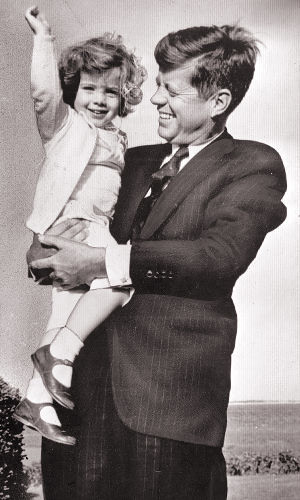
10. **John F. Kennedy**John F. Kennedy’s brief presidency (1961-1963) was defined by a captivating charisma that inspired millions, yet behind the public facade lay a life marked by constant struggle and intense controversy. While he presented an image of youthful vigor, JFK battled numerous severe health issues, including osteoporosis, colitis, prostatitis, and Addison’s disease. Managing these conditions required a daily regimen of injections and pills, a stark contrast to his vigorous public persona and a fact largely hidden from the public.
Beyond medical struggles, Kennedy’s personal life was a wellspring of scandal, most notably his compulsive womanizing. He maintained casual flings with a wide array of women, from White House staff and interns to notable figures such as Hollywood icon Marilyn Monroe, and other renowned conquests like Inga Arvad and Judith Exner. The extensive nature of these affairs was a closely guarded secret, though it was widely rumored that his wife, Jackie, was aware of his infidelity, underscoring a complex private life that sharply diverged from his carefully crafted public image.
Kennedy’s foreign policy decisions also sparked significant turbulence and controversy. The infamous Bay of Pigs fiasco in 1961, a botched attempt at invading Cuba, proved to be a major foreign policy embarrassment. This incident, combined with escalating Cold War tensions, directly contributed to the Cuban Missile Crisis of 1962, a thirteen-day confrontation with the Soviet Union that brought the world to the brink of nuclear war. His challenge to the Soviets to land a man on the moon by the end of the 1960s, a costly space program, later led him to propose a joint expedition with the Soviets in 1963, signaling a shift in approach.
A lesser-known but significant revelation involved a secret taping system installed in the Oval Office, recording all meetings and phone calls. These recordings were kept hidden by his family until 1976. The precise reason for these clandestine recordings remains a mystery, though a plausible theory suggests he was accumulating material for a book he joked about writing. However, the greatest and most enduring controversy surrounding Kennedy remains his assassination on November 22, 1963. The identity of the true shooter and the full extent of any conspiracy—whether it involved lone gunmen, intelligence agencies, or organized crime rings—continues to be an unsolved mystery, fueling endless speculation and debate.
Read more about: Remembering the Stars: A Fond Farewell to the Beloved ‘Happy Days’ Actors We’ve Lost

11. **Lyndon B. Johnson**Lyndon B. Johnson’s presidency, commencing abruptly after the assassination of John F. Kennedy in 1963, was immediately shrouded in controversy, with persistent rumors implicating him in JFK’s death. These allegations gained traction due to Johnson’s potential motive: Kennedy was reportedly considering replacing Johnson as his running mate for the 1964 ticket and initiating an investigation into Johnson’s involvement in the Bobby Baker case, which could have ended Johnson’s political career. Such speculative connections underscore the volatile political climate he inherited.
Another significant scandal that erupted during his tenure centered on his trusted aide, Walter Jenkins. Jenkins, a married man and father, was arrested at a YMCA along with an army veteran on charges of ‘homoual conduct’ in 1964. This highly publicized incident occurred amidst Johnson’s re-election campaign, creating a considerable public relations crisis. Following the arrest, Jenkins promptly resigned, highlighting the unforgiving societal norms and political implications of such revelations during that era.
Further compounding the issue, a loaned aide and friend of the Johnson family, Robert ‘Bob’ Waldron, also resigned and changed his career shortly after Jenkins’s arrest. Waldron, who was also gay, likely made this decision mutually with Johnson to preempt another public scandal of similar nature. These incidents highlight the severe professional and personal repercussions faced by individuals in public service for their private lives, particularly concerning homouality, and the efforts made by administrations to contain such narratives during politically sensitive times.
However, the overarching controversy that defined Johnson’s presidency was the Vietnam War. While his administration initially inherited the conflict, Johnson’s decision to escalate U.S. military involvement profoundly divided the nation, overshadowing his monumental Great Society domestic achievements. The war’s full scandal erupted after his term ended with the publication of The Pentagon Papers in The New York Times, revealing a pattern of governmental deception regarding the war’s origins and progression, permanently altering public trust in government and casting a long shadow over his legacy.
Read more about: Jesse L. Douglas Sr., Architect of Selma Marches and Aide to King, Dies at 90
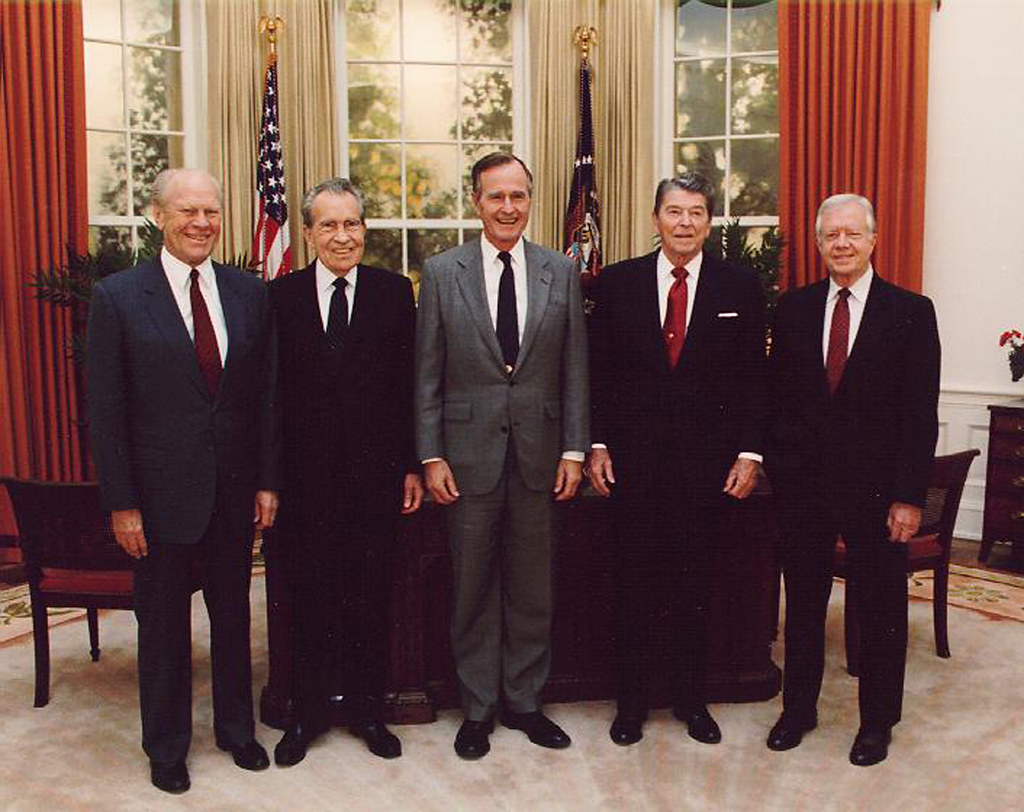
12. **Richard Nixon**Richard Nixon’s presidency (1969-1974) began amid the deep-seated public aversion to the Vietnam War, a conflict he inherited. To manage the U.S. withdrawal, Nixon introduced ‘Vietnamization,’ a strategy aimed at gradually transferring military responsibilities to South Vietnam. Whatever its strategic rationale, this approach had grim outcomes, including triggering a bloody civil war and contributing to the rise of the brutal Communist Khmer Rouge in Cambodia, extending the war’s human cost and regional instability.
Indeed, the war continued to claim American lives under his watch, with one-third of all U.S. combat deaths in Vietnam occurring during Nixon’s term. Critics speculate that Nixon may have prolonged the war to gain political advantage in upcoming elections, though this remains an unconfirmed assertion. His decision to send U.S. troops into Cambodia further exacerbated the situation, igniting a new wave of intense anti-war protests across American universities. A somber incident at Kent State University in Ohio, where National Guardsmen gunned down four students, particularly antagonized the masses, leading to widespread strikes and temporary university shutdowns across the nation.
Nevertheless, the Vietnam War, despite its profound impact, was merely a precursor to the momentous Gordian’s knot that ultimately defined Nixon’s presidency: the Watergate Scandal. In the early hours of June 17, 1972, five men broke into the Democratic National Committee headquarters at the Watergate complex. Their purpose was to photograph sensitive documents and replace covert recording equipment previously installed to eavesdrop on crucial information, illustrating a clear intent to engage in political espionage against his opponents.
Upon investigation, the FBI uncovered undeniable links between the break-in and officials within the Nixon Administration. However, it was Nixon’s subsequent and failed attempts at a cover-up—including obstructing justice and refusing to comply with subpoenas for audio recordings (the infamous “Nixon tapes”)—that ultimately incriminated him. Facing impeachment, Nixon had no choice but to resign in August 1974, becoming the only U.S. president to do so. This monumental scandal fundamentally undermined public trust in government and remains a powerful cautionary tale about the abuse of executive power.
Read more about: 15 Simple Cars from the 1970s That Are Now Worth Over $75000
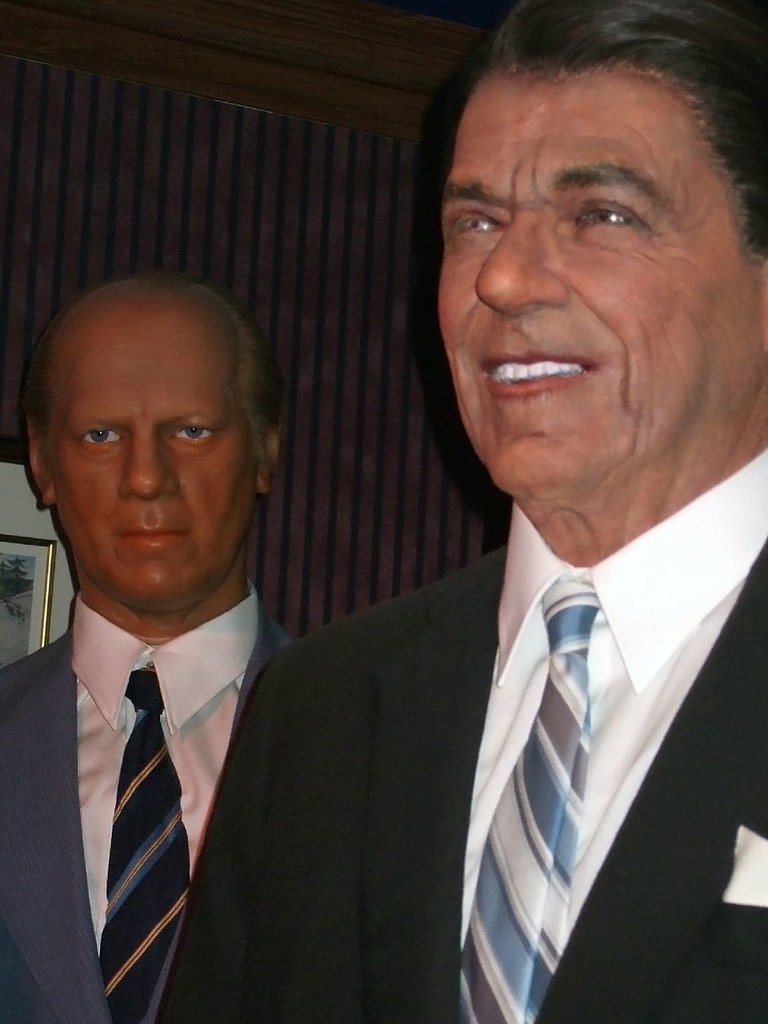
13. **Ronald Reagan**Ronald Reagan’s presidency (1981-1989), while celebrated by many for economic revival and Cold War victory, was simultaneously marred by an unprecedented scale of corruption that generated innumerable scandals. An astonishing 138 of his administration’s officials were investigated, indicted, or convicted for various offenses. While many of these were massive but often under-reported individual scandals, the greatest among all the controversies that occurred during Reagan’s tenure was the Iran-Contra affair, a complex and legally dubious operation.
The Iran-Contra affair involved the clandestine and illegal sale of arms to Iran, a nation subject to an arms embargo, in exchange for the release of American hostages. The proceeds from these sales were then secretly diverted to fund the Contra rebels in Nicaragua, an action explicitly prohibited by the Boland Amendment passed by Congress. This entire operation unfolded without Congressional approval or public knowledge. Reagan himself claimed to be unaware of the details of the Iran-Contra affair, a defense that sparked widespread skepticism and a constitutional crisis over executive accountability.
While Iran-Contra was the principal controversy, it was far from the only one that stained Reagan’s administration. The U.S. government’s overt support for the Contra Army, a group accused of committing mass genocide and human rights abuses in South America, brought much international notoriety and moral condemnation. This policy decision became a grisly affair, highlighting the ethical dilemmas of Cold War foreign policy. The administration also faced accusations concerning the CIA-crack cocaine scandal, suggesting indirect government involvement in drug trafficking, a matter that further eroded public trust.
Other significant controversies included Reagan’s contentious support for the apartheid regime in South Africa, which drew widespread international protest and moral outrage, as well as the ‘Sewergate’ scandal involving environmental enforcement failures, and the ‘Mental Health controversy’ regarding cuts to social programs. Critics also point to his policies as inadvertently contributing to the creation of Islamic terrorists, illustrating the far-reaching and complex ramifications of his administration’s decisions. These various controversies painted a picture of an administration that, despite its popular appeal, frequently found itself at the center of intense ethical and political debates.
Read more about: Unmasking History’s Hidden Horrors: 14 Figures Whose True Evil Emerged Posthumously

14. **Bill Clinton**Bill Clinton’s presidency (1993-2001) was characterized by economic prosperity and technological advancements, yet it was also undeniably marred by a series of personal scandals and political controversies that divided the nation. It is often observed that ‘behind every successful man, there’s a woman,’ but in Clinton’s case, it appeared to multiply, leading to a host of accusations that tarnished his public image, despite his significant political achievements.
Several women publicly accused Clinton of ual misconduct. Former White House aide Kathleen Willey accused him of sexual assault, while Juanita Broaddrrick, a former nursing home administrator, accused him of raping her during his tenure as Attorney General of Arkansas. These serious allegations brought intense scrutiny and criticism to his character and ethical conduct, laying bare a complicated private life that became public fodder. These accusations, alongside others, fueled a narrative of impropriety that his political adversaries eagerly exploited.
The most prominent legal challenge arose when Paula Jones sued Clinton for ual harassment during his presidency. This lawsuit, initially dismissed but later revived, uncovered further details of his extramarital affairs, including relationships with cabaret singer Gennifer Flowers and, most famously, White House intern Monica Lewinsky. While under oath during Jones’s case proceedings, Clinton initially denied having an affair with Lewinsky, a denial that would later prove to be his undoing and lead to severe political repercussions.
Independent Counsel Ken Starr’s investigation into these matters eventually garnered Lewinsky’s cooperation, leading to DNA testing on her infamous blue dress, which allegedly bore Clinton’s semen stain. Faced with irrefutable evidence, Clinton went on record to apologize for lying about the affair, though he maintained that his testimony was not perjury. Despite being acquitted of perjury and obstruction of justice by the Senate for wrongfully concealing evidence in a criminal proceeding, Clinton became only the second President in U.S. history to be impeached by the House of Representatives, a monumental event that underscored the intense partisan divisions of his era. His presidency was also entangled in other controversies, including the Troopergate, Travelgate, Whitewater, Filegate, Vince Foster, Chinagate, and 1996 campaign finance controversies, each contributing to a complex legacy of governance amid relentless scandal.
Read more about: Lost ’90s Legends: The Unforgettable Blueprints Only True Decade Veterans Remember
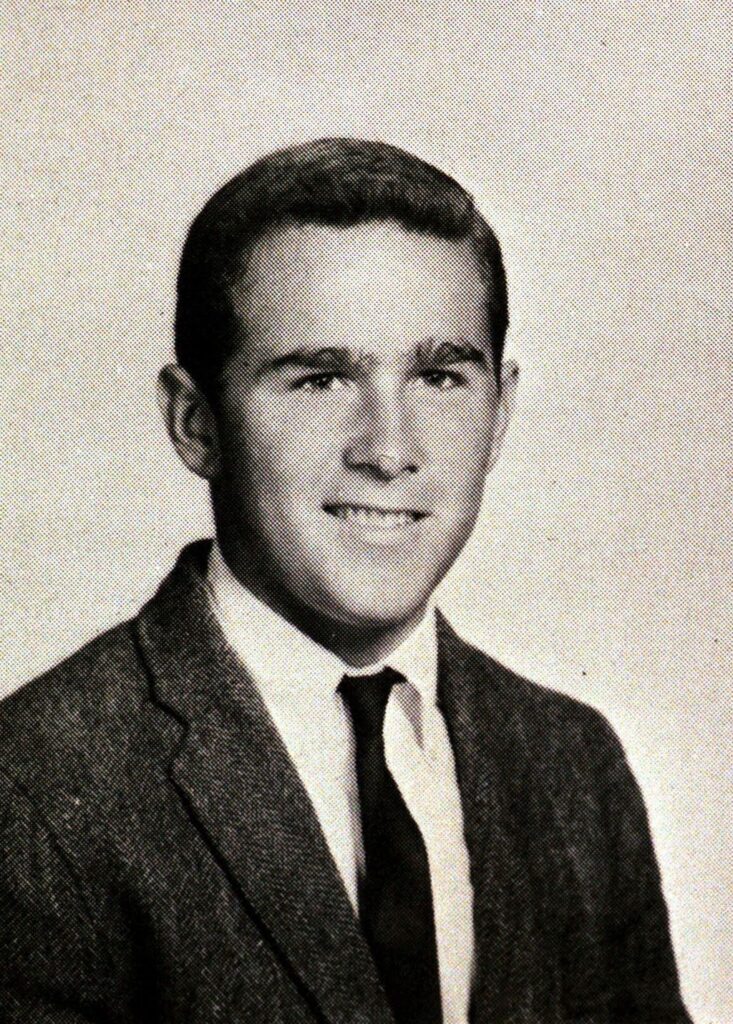
15. **George W. Bush**George W. Bush’s presidency (2001-2009) began under the shadow of the September 11th terrorist attacks and became one of the most tumultuous and controversial periods in recent U.S. history. His administration faced accusations of extensive corruption, immorality, and scandal, painting a grim picture of governance during a critical period. Bush himself was not immune to personal allegations, facing accusations of excessive alcohol consumption, recreational drug use, and ual assault by multiple women. The most famous of these was a lawsuit filed by Margie Schoedinger during his term, with the circumstances surrounding her suicide a year later still devoid of justice, highlighting the deep personal and ethical controversies that surrounded him.
The Iraq War, initiated in 2003 under the premise of eliminating weapons of mass destruction and combating terrorism, stands as the defining and most divisive decision of his tenure. The war, based on questionable intelligence and lacking clear justification for many, led to immense loss of life, destabilized the region, and sparked widespread global condemnation. Its profound long-term consequences continue to provoke intense debate about presidential power, foreign intervention, and the ethics of warfare, fundamentally reshaping American foreign policy and public perception of military action.
Domestically, Bush’s administration was severely criticized for its handling of numerous crises and policy decisions. The Abu Ghraib prisoner abuse scandal, revealing systematic torture and humiliation of Iraqi detainees by U.S. military personnel, ignited international outrage and severely damaged America’s moral standing. Furthermore, the administration’s response to Hurricane Katrina in 2005, particularly the federal government’s perceived slowness and inadequacy, drew sharp criticism for its racial and economic implications, illustrating a profound failure in crisis management.
Adding to the litany of controversies, Bush’s economic policies, including tax cuts, were widely blamed for contributing to the 2008 Market Crash and the ensuing recession, a financial crisis with global ramifications. Accusations of racism and ism also shadowed his administration, further alienating segments of the populace. His presidency was also beset by other significant scandals, such as alleged extramarital affairs with stripper Tammy Phillips and Secretary of State Condoleezza Rice, and the politically charged dismissal of U.S. State Attorneys, collectively solidifying his contentious legacy as a figure whose decisions profoundly shaped, and at times polarized, 21st-century America.
Read more about: Beyond the Spotlight: 14 Celebrities Who Secretly Revolutionized the World with Their Unexpected Inventions and Patents
The tapestry of American presidential history is undeniably woven with threads of controversy and decision-making under duress. From the early republic’s constitutional battles to the modern era’s global entanglements and social upheavals, each president profiled here faced dilemmas that tested the nation’s principles, challenged established norms, and left indelible marks on their legacies. These narratives are more than just historical accounts; they are critical lessons in leadership, accountability, and the enduring power of choices made under the intense glare of the public eye. Understanding these pivotal moments provides an essential lens through which to examine the complexities of governance and the continuous evolution of the American democratic experiment, reminding us that the path of progress is rarely, if ever, smooth.

